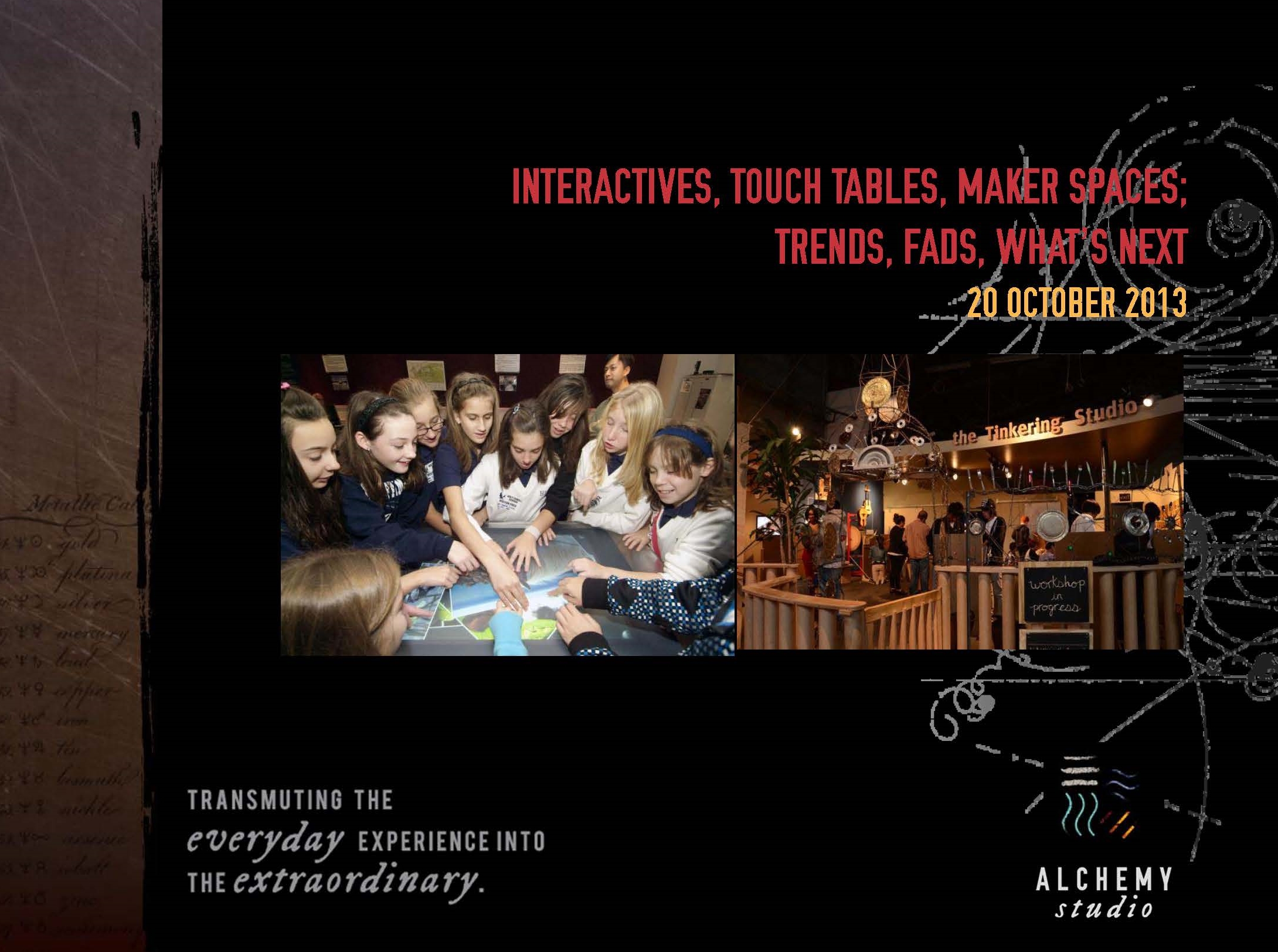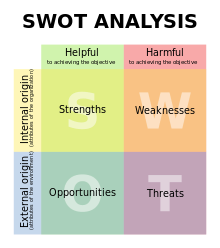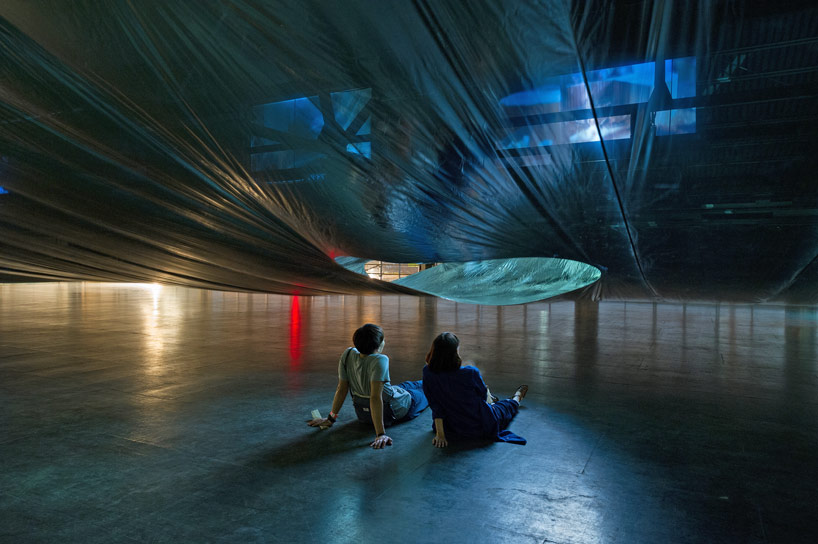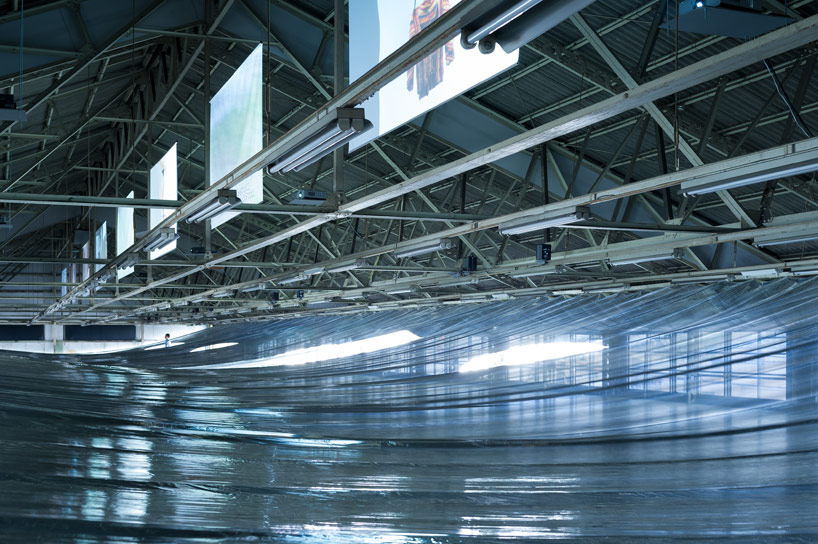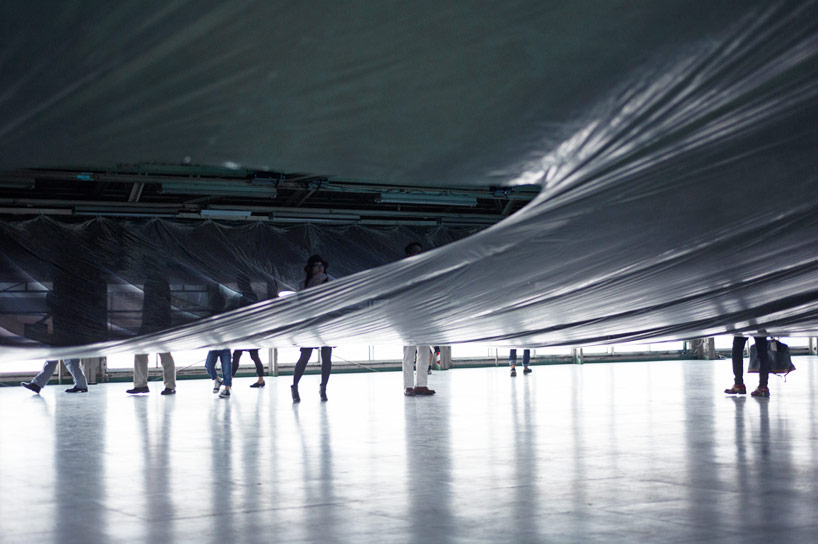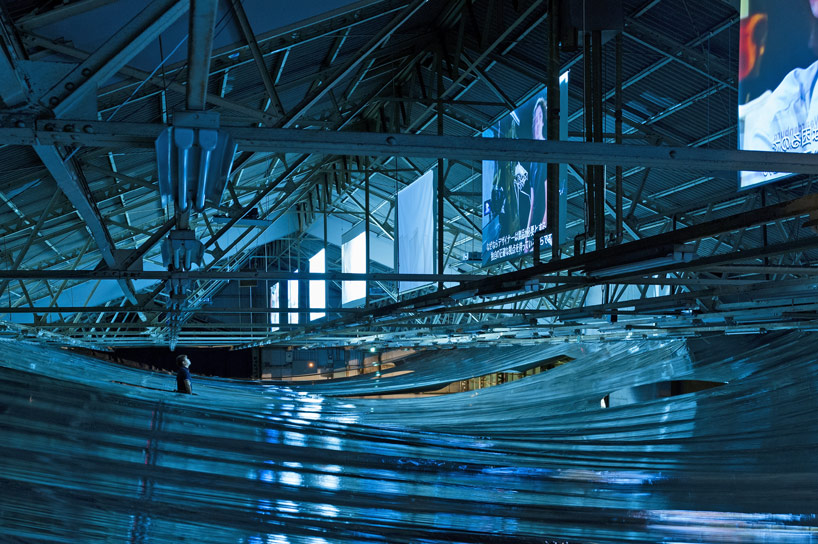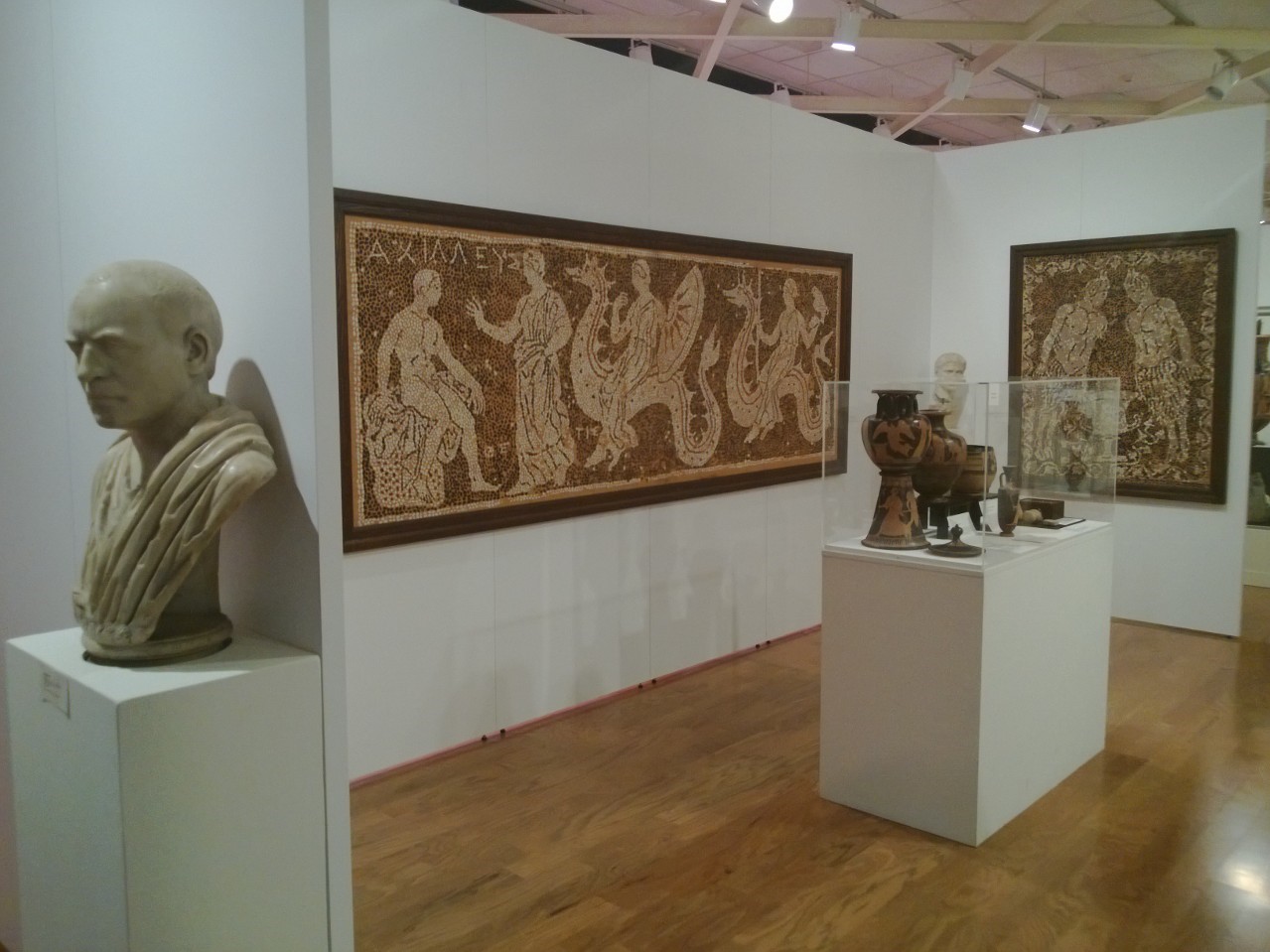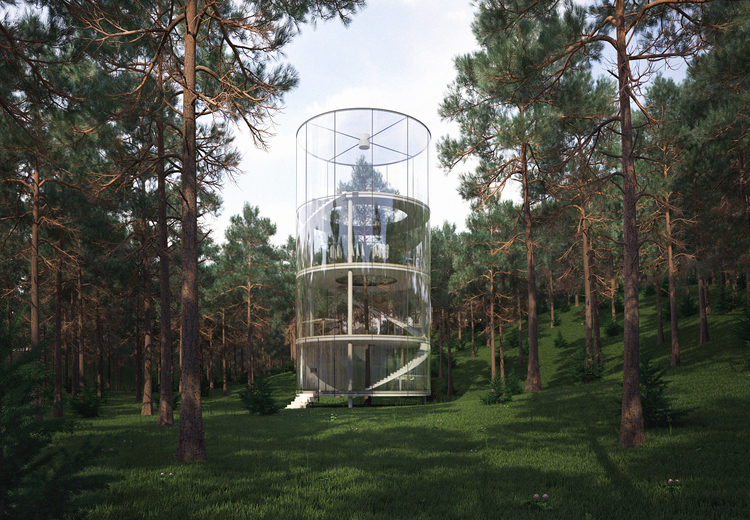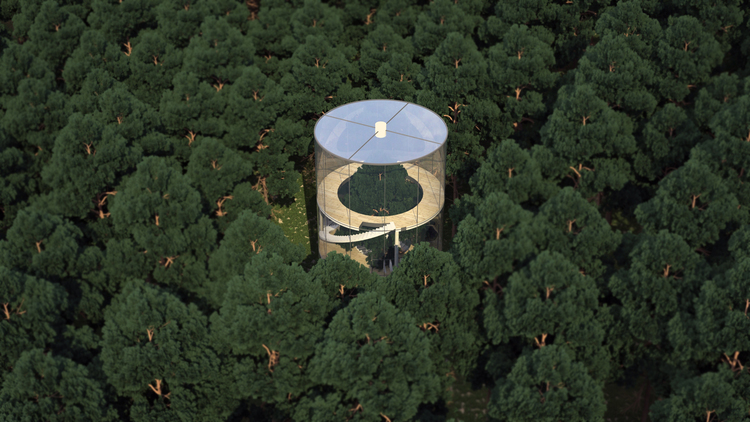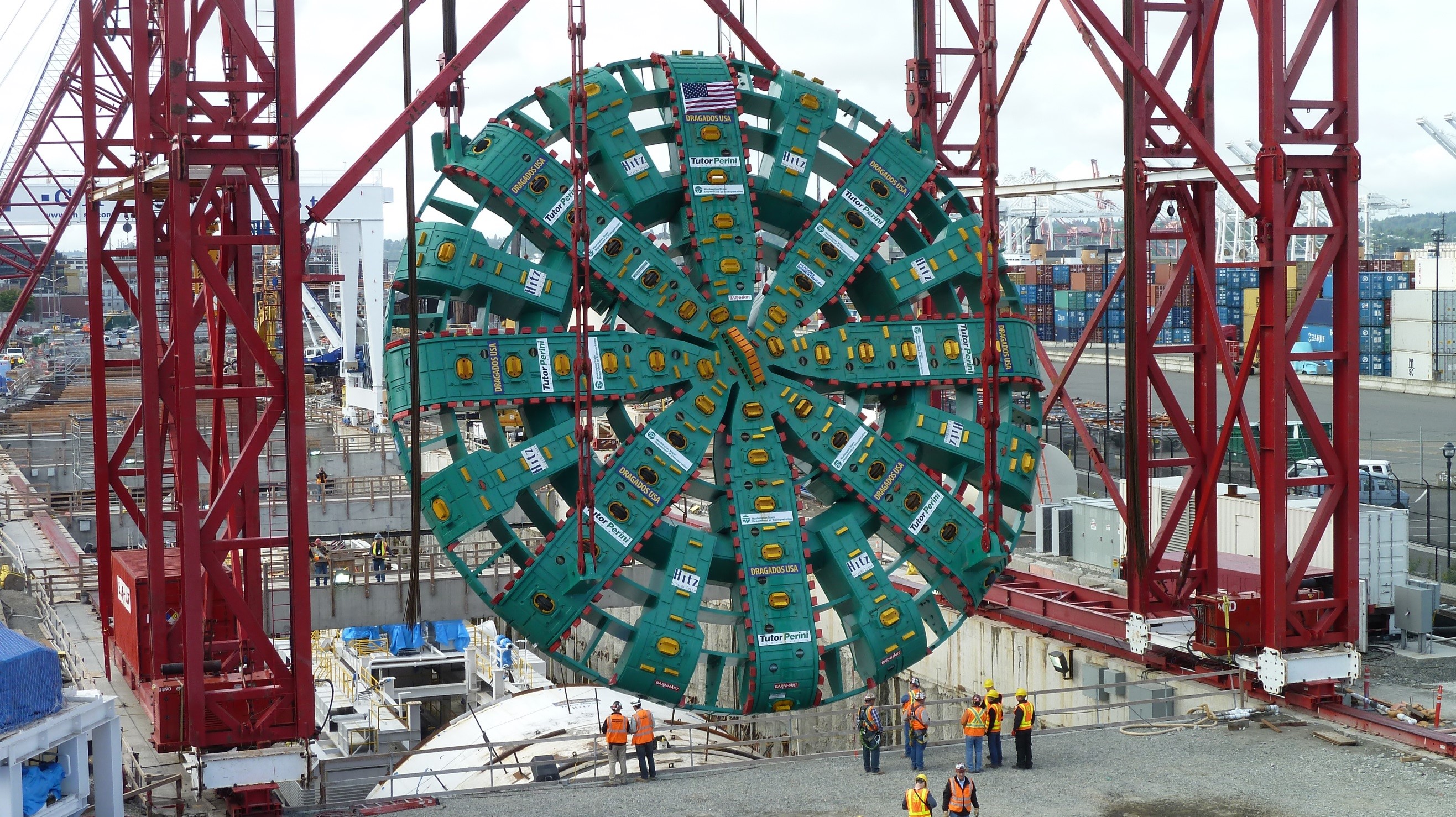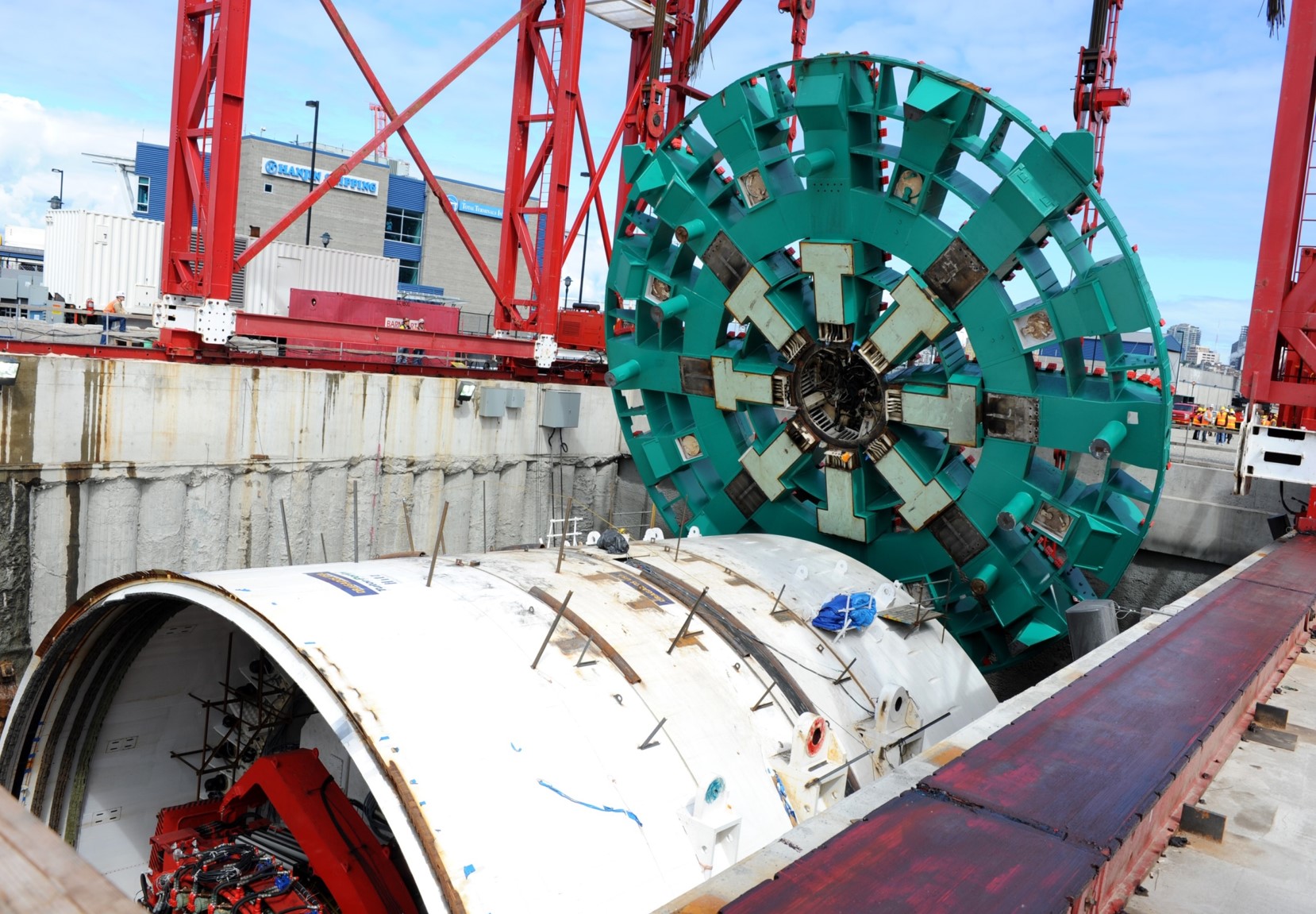SWOT (Strengths, Weaknesses, Opportunities and Threats) Analysis for Institutions Who Follow the Maker/Tinkering Experience Trend
The analysis below was created by the 200+ audience and session instigators at the ASTC 2013 Conference Session, “Interactive, Touch Tables, Maker Spaces: Trends, Fads, What’s Next?” While we hope to put this on the CAISE website we are cross posting it here.
The session instigators were as follows:
- Wayne LaBar – ALCHEMY studio (session leader)
- Kirsten Ellenbogen – Great Lakes Science Center
- Hooley McLaughlin – Ontario Science Center
- Dana Schloss – TELUS Spark
- Eric Siegel – New York Hall of Science
By way of background, here is a definition of “SWOT analysis” from Wikipedia:
SWOT analysis (alternatively SWOT Matrix) is a structured planning method used to evaluate the Strengths, Weaknesses, Opportunities, and Threats involved in a project or in a business venture. A SWOT analysis can be carried out for a product, place, industry or person. It involves specifying the objective of the business venture or project and identifying the internal and external factors that are favorable and unfavorable to achieving that objective. The technique is credited to Albert Humphrey, who led a convention at the Stanford Research Institute (now SRI International) in the 1960s and 1970s using data from Fortune 500 companies. The degree to which the internal environment of the firm matches with the external environment is expressed by the concept of strategic fit.
Setting the objective should be done after the SWOT analysis has been performed. This would allow achievable goals or objectives to be set for the organization.
- Strengths: characteristics of the business or project that give it an advantage over others
- Weaknesses: characteristics that place the team at a disadvantage relative to others
- Opportunities: elements the project could exploit to its advantage
- Threats: elements in the environment that could cause trouble for the business or project
The recent ASTC session drew a large crowd and sparked a lot of follow-up discussions. Since the SWOT analysis was done live via computer during the session, participants had immediate access, and many expressed the feeling that it would be great to share this more broadly with the science center community. Both participants and instigators felt that reflecting upon and analyzing our practice was useful and that science centers ought to do more of this type of thinking. A summary/review of the session can be found on the ASTC blog at http://www.astc.org/blog/2013/10/21/interactive-touch-tables-maker-spaces-trends-fads-whats-next/
One insight that comes out of the analysis is that, while there are certainly unique aspects to the Making/Tinkering movement, this exercise brought up some “universal” themes as well – good words of analytic wisdom applicable to any strong, impactful experience.
Of course, a possible conflating factor for any “conclusions” one might draw is the self-selection of the group for this particular conference session. We didn’t cross-correlate responses with participants’ museum affiliation, situational context, current programming, or prior experience with Maker/Tinkering spaces. Perhaps there will future opportunities to frame and explore the issues brought up during the discussion.
Without further ado… the SWOT analysis:
OPPORTUNITY
- Funders love it
- Get to partner with awesome people who are also known to the public
- Bring in new audiences
- Outcomes have personal connection
- Leverage established festivals and event
- NGSS are full of modeling – ISE is scared to death of this – but abstract representation etc. is strong in maker
- Media love it
- Unique opportunity to engage adults
- It gets people to spend time thinking about something – move this to internal
- Very easy to communicate
- Lots of rhetoric around this – even Obama loves it – Silicon Valley believes it needs to create people who have the skills that maker spaces create
- Opportunity to reuse materials
- Really helps to build community – not just learning community but also gives people a brand to collect under – brings external communities together
- Ties into the formal education sector
- Opportunity to build on others ideas
- People get it
- Brings in outside expertise
THREATS
- People may do it without learning how
- It’s overblown in the media and diluted
- If it doesn’t fit your mission it can unintentionally change what people think of you
- Science Centers are not uniquely positioned to do this
- I can do this at the children’s museum, why is at a science center?
- A lot of people don’t get it
- It can be very wasteful of resources
- Can alienate existing maker communities
- External funders love it but it may not align with your mission – takes money from other important directions – their vision of making may not be the same as yours
- Are we increasing inequality because only some people can afford coming to the science center?
- You have to buy 3D printers
- Environmental waste
- Time waste – move this to internal – museum visitor time is precious – we try to create thoughtful things that they may never get to if they are caught up in maker space
- Because the maker movement feels so new we are still developing a shared understanding – end up being unfocused
- People feel that they can’t do it
- Liability
- Expectation by longtime visitors does not match this new effort
STRENGTHS
- Allow you to bridge gap between education and exhibits
- Comfortable space for strangers to interact
- Most science centers bring in 7-14 year olds – a missing group
- Build internal staff capacity – draw out the internal strengths that you may not have known about it
- You can integrate hybrid maker into other exhibits and programs
- Worth it just to give people a chance to slow down and try something in-depth using your hands
- Gives people facility with tools
- Super empowering for visitors
- Shifts mindset of staff to do more prototyping
- Problems are self-defined
- Engages families together
- NGSS talks about STEAM – brings in art
- Creates meaningful and memorable experience
- Instigates learning modality conversation
- Gives laypeople control over production
- Reinvigorate one’s floor
- Opens up possibilities
- I CAN do this
- Encourages collaboration
- Changes interpretive modality – for floor staff, not as much about explaining
- Provides a space that’s not as static
- Provides opportunity to learn from failure
- Create a community of regulars – maker groupies
- Makes your staff feel part of something bigger than your organization
- IT IS FUN
WEAKNESSES
- Staff capacity
- Potentially lose the wow factor in the science center
- People fail if there is not enough facilitation
- Looks messy
- It is expensive to staff
- Has to be authentic – this is not for everybody
- Institutional resistance to change
- No science center has spare space for this
- Materials management
- Ability to engage visitors for repeat visits
- It can look cheap
- Should not distract us from doing “science” – potential to be just arts and crafts
- Easy to become whatever you want making factory
- It is such a good idea – just get on with it – weaknesses will scare the management
- Difficult to measure this kind of learning
- Narrow definitions of making can exclude diverse audiences
- We are always weakest at the beginnings of these efforts – how to we catapult our learning in the field
- Not all sciences lend themselves to Maker experiences
- Requires lots of iteration
- It is uniquely dependent on the quality of the facilitation – therefore you have a big quality control issue – the cost of making sure that facilitators can participate effectively
- Because it is hard to measure and articulate the learning outcomes, it is hard to train your facilitators
- If we use traditional assessments then we will not measure maker learning
- Investment required means you prioritize this kind of learning over other community engagement
- If it is really authentic maker experience, there is more opportunity for failure and may decrease motivation to participate
- If you are doing the Maker space you are not out ahead of the next trend – do we lose innovation?
- Maker is a tool that can be applied depending on how it fits the topic
- Maker space is not the point – it is incorporating – we want to make Maker spots or nodes
